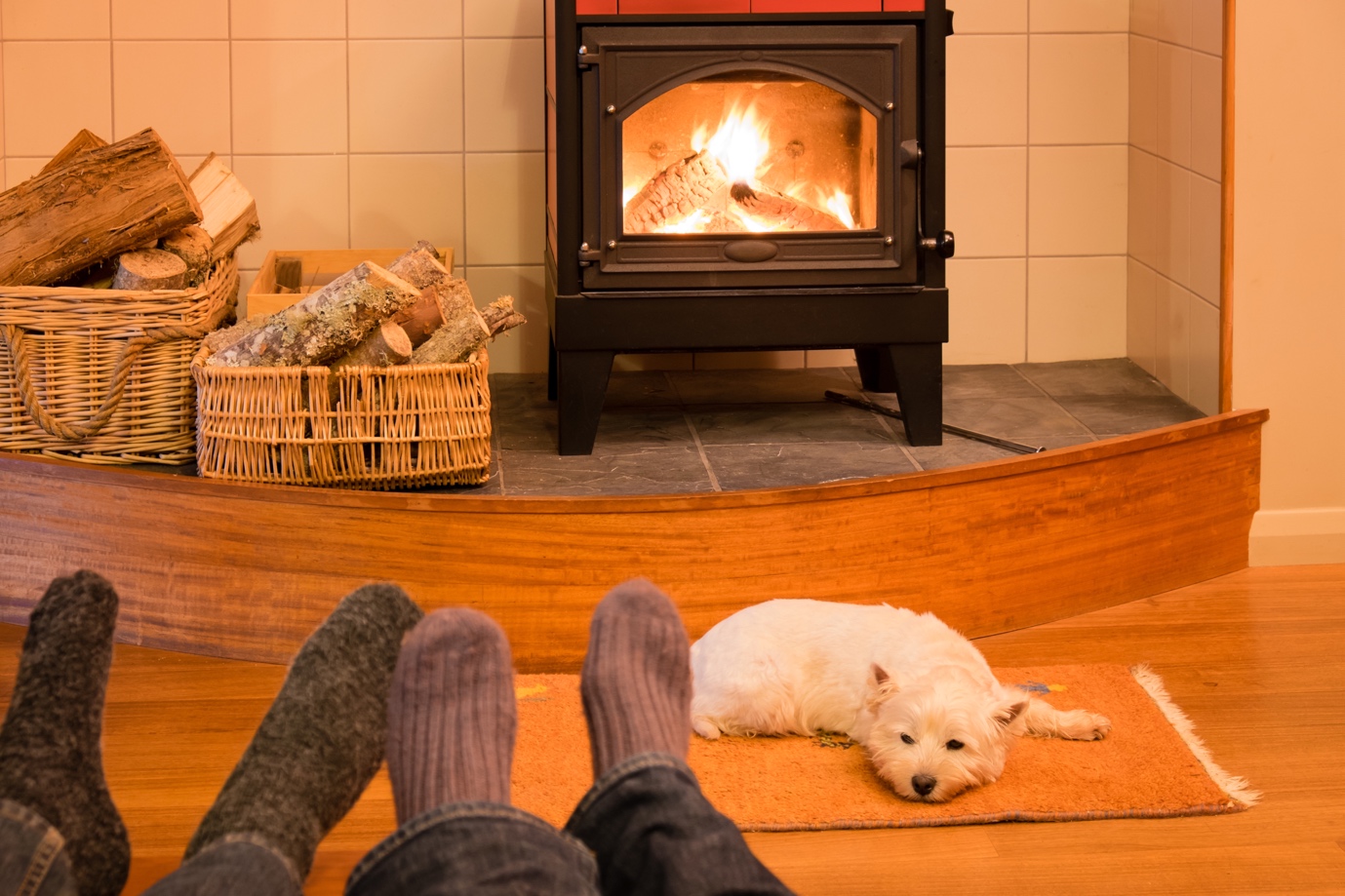6 Easy DIY Home Projects For A January Makeover

Even amidst the rising cost of living, UK homeowners remain enthusiastic about sprucing up their spaces. Half (51%) plan to tackle renovation projects this year, with an average spend of £10,000. And whether it’s energy-saving upgrades or cosy interior touches, sustainability, and long-term value are top priorities.
Home DIY Expert and Owner of Saxton Blades, Glen Peskett, shares six simple DIY projects for a January renovation.
Paint Refresh: “January offers a perfect opportunity to rejuvenate your living spaces with a fresh coat of paint. Opt for light, neutral tones like soft greys, warm beiges, or creamy whites to create an open, airy feel. Or, choose a bold accent wall in a vibrant hue or a trendy wallpaper to inject personality without overwhelming the room. Prep surfaces by sanding imperfections with a hand or orbital sander, and use a paint scraper to remove old paint or varnish if necessary. For precise edges and corners, use a hand saw to cut without relying on masking tape.”
Hardware Upgrade: “Updating fixtures like doorknobs, cabinet handles, or drawer pulls can give your home a subtle yet noticeable facelift. Meanwhile, updating your faucets and showerheads can modernise your kitchen or bathroom. A cordless drill is handy for removing old hardware and installing new pieces. For custom pieces, a coping saw or jigsaw can be used to modify wood elements.”
Furniture Rearrangement: “Rearranging furniture can breathe new life into a room without spending a penny. Strategically placed shelves and hooks offer functional storage and display space for items like plants and photos. Don’t be afraid to try different arrangements; sometimes, a simple shift can completely alter the feel and functionality of a space.”
Repurposing Furniture: “Give old furniture new life through creative refurbishing. Sand and repaint worn-out tables, or reupholster chairs with fresh fabrics to match your new style. Explore online DIY tutorials for inspiration and guidance, transforming outdated pieces into stylish focal points.”
Custom Shelving: “Build custom shelves or floating units to maximise space and showcase decorative items. Tailor these shelves to fit specific areas, making use of underutilised or awkward corners for both functionality and visual appeal. Let your personality shine through by crafting wall accents such as wall hangings, macramé, or art using reclaimed wood, metal, or fabric scraps. These unique pieces add texture to walls, elevating the room’s overall aesthetic.”
Outdoor Upgrades: “Extend DIY projects to the outdoors by refreshing patio furniture with new cushions or weather-resistant paint. Build raised garden beds or create a small herb garden for a practical yet visually pleasing addition to your outdoor space.”






